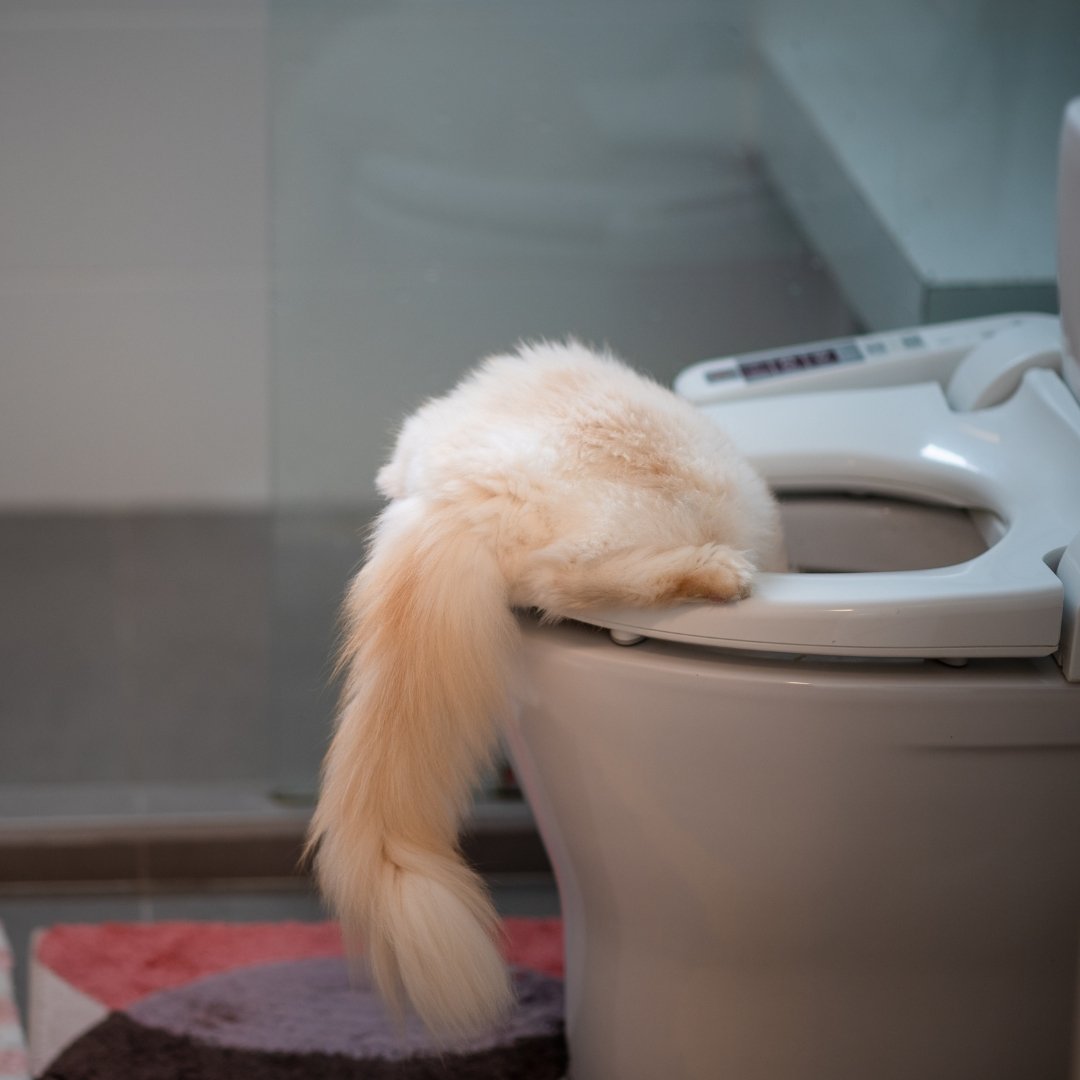Avoid Clogs and Damage: Never Flush Cat Poop Down Your Toilet - Expert Recommendations
Avoid Clogs and Damage: Never Flush Cat Poop Down Your Toilet - Expert Recommendations
Blog Article
This great article down below in relation to How to Dispose of Cat Poop and Litter Without Plastic Bags is unquestionably informative. Have a go and make your own findings.

Intro
As feline owners, it's vital to bear in mind exactly how we deal with our feline buddies' waste. While it might appear hassle-free to purge cat poop down the bathroom, this practice can have detrimental effects for both the setting and human health and wellness.
Environmental Impact
Purging feline poop introduces unsafe virus and bloodsuckers into the water, presenting a considerable risk to marine communities. These contaminants can adversely affect aquatic life and concession water quality.
Health Risks
Along with environmental issues, flushing pet cat waste can additionally pose health dangers to people. Feline feces may consist of Toxoplasma gondii, a bloodsucker that can create toxoplasmosis-- a possibly severe illness, specifically for pregnant ladies and people with damaged immune systems.
Alternatives to Flushing
Thankfully, there are much safer and extra responsible ways to get rid of cat poop. Think about the complying with choices:
1. Scoop and Dispose in Trash
One of the most usual method of getting rid of cat poop is to scoop it right into a biodegradable bag and toss it in the trash. Make certain to utilize a committed litter scoop and dispose of the waste promptly.
2. Usage Biodegradable Litter
Opt for eco-friendly feline litter made from products such as corn or wheat. These trashes are environmentally friendly and can be securely thrown away in the trash.
3. Hide in the Yard
If you have a yard, take into consideration hiding pet cat waste in a marked area away from veggie yards and water resources. Be sure to dig deep sufficient to avoid contamination of groundwater.
4. Install a Pet Waste Disposal System
Purchase an animal waste disposal system especially developed for cat waste. These systems make use of enzymes to break down the waste, minimizing smell and environmental influence.
Conclusion
Accountable animal ownership extends beyond giving food and sanctuary-- it also includes appropriate waste monitoring. By avoiding flushing feline poop down the bathroom and choosing alternate disposal methods, we can reduce our ecological footprint and shield human wellness.
Why Can’t I Flush Cat Poop?
It Spreads a Parasite
Cats are frequently infected with a parasite called toxoplasma gondii. The parasite causes an infection called toxoplasmosis. It is usually harmless to cats. The parasite only uses cat poop as a host for its eggs. Otherwise, the cat’s immune system usually keeps the infection at low enough levels to maintain its own health. But it does not stop the develop of eggs. These eggs are tiny and surprisingly tough. They may survive for a year before they begin to grow. But that’s the problem.
Our wastewater system is not designed to deal with toxoplasmosis eggs. Instead, most eggs will flush from your toilet into sewers and wastewater management plants. After the sewage is treated for many other harmful things in it, it is typically released into local rivers, lakes, or oceans. Here, the toxoplasmosis eggs can find new hosts, including starfish, crabs, otters, and many other wildlife. For many, this is a significant risk to their health. Toxoplasmosis can also end up infecting water sources that are important for agriculture, which means our deer, pigs, and sheep can get infected too.
Is There Risk to Humans?
There can be a risk to human life from flushing cat poop down the toilet. If you do so, the parasites from your cat’s poop can end up in shellfish, game animals, or livestock. If this meat is then served raw or undercooked, the people who eat it can get sick.
In fact, according to the CDC, 40 million people in the United States are infected with toxoplasma gondii. They get it from exposure to infected seafood, or from some kind of cat poop contamination, like drinking from a stream that is contaminated or touching anything that has come into contact with cat poop. That includes just cleaning a cat litter box.
Most people who get infected with these parasites will not develop any symptoms. However, for pregnant women or for those with compromised immune systems, the parasite can cause severe health problems.
How to Handle Cat Poop
The best way to handle cat poop is actually to clean the box more often. The eggs that the parasite sheds will not become active until one to five days after the cat poops. That means that if you clean daily, you’re much less likely to come into direct contact with infectious eggs.
That said, always dispose of cat poop in the garbage and not down the toilet. Wash your hands before and after you clean the litter box, and bring the bag of poop right outside to your garbage bins.
https://trenchlesssolutionsusa.com/why-cant-i-flush-cat-poop/

I stumbled upon that blog entry on How to Dispose of Cat Poop and Litter Without Plastic Bags when surfing around the web. Please take the time to distribute this blog entry if you enjoyed it. I thank you for reading our article about Can You Flush Cat Poo or Litter Down the Toilet?.
Request A Quote Report this page